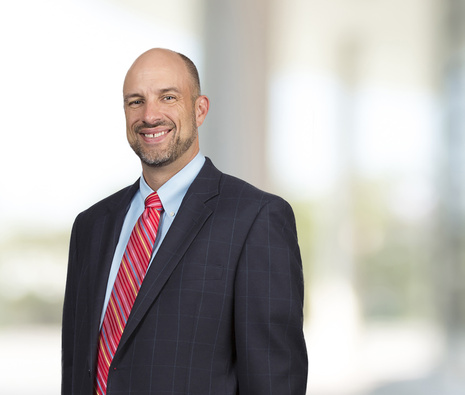South Carolina Supreme Court Alters "Statutory Employee Doctrine," Increasing Tort Liability for Workplace Accidents
The South Carolina Supreme Court significantly modified the “statutory employee doctrine” framework last week, making it easier for employees of contractors and subcontractors to sue worksite employers for work-related injuries and accidents. In Keene v. CAN Holdings, LLC (August 11, 2021), the sharply divided Court purported to bring the doctrine into the “modern economy” by determining that the estate of a contractor’s employee could maintain its wrongful death action against the company that hired the decedent’s employer based on a decades-earlier asbestos exposure. Eschewing previous frameworks that protected companies from tort liability when contractor or subcontractor employees brought work-related injuries, the Court’s shift will usher in an expansion of lawsuits following on-the-job accidents involving these workers.
Keene followed a straightforward albeit tragic set of facts. The defendant contracted with Daniel Construction (“Daniel”) to provide maintenance and repair work at its plant. Daniel hired Dennis Seay to fill various maintenance and repair positions at the plant in the 1970s. While maintaining and repairing the plant’s equipment, Seay was exposed to asbestos, and was later diagnosed with mesothelioma, subsequently causing his death. He (joined later by his estate) filed a lawsuit against the defendant for negligently exposing him to asbestos.
The defendant asserted that while Seay was not a direct employee, he was a “statutory employee” and thus precluded by the “exclusivity doctrine” from bringing his claims, meaning that the only remedy a worker like Seay has for injuries by accident arising out of and in the course of employment is through the South Carolina Workers’ Compensation Law (“SCWCL”). The SCWCL specifically applies to an employer’s direct employees and “statutory employees” - “work which is a part of [an employer’s] trade, business or occupation” done by employees of a subcontractor. S.C. Code § 42-1-400. The three established tests for determining whether a subcontractor’s worker is a statutory employee were whether the worker’s activities (1) were an important part of the trade or business of the employer; (2) were necessary, essential, and integral part of the business of the employer; or (3) had been previously performed by employees of the employer. The defendant argued that Seay met either of the first two tests, and as such, could not maintain a separate tort action.
The Court painstakingly surveyed the “statutory employee doctrine,” characterizing it as “confusing, often conflicting, and always difficult” to apply. Forgoing the previous well-established tests, the Court declared that it would synthesize the doctrine’s original purpose (preventing owners and contractors from subcontracting out their work to avoid liability for injuries in the course of employment) into the modern economy, and refocus the statutory employee question primarily on business judgments made by the company. In short, the Court instructs that the initial focus should be “on what the owner decided is part of its business.” Because employers are increasingly outsourcing work (even work that was formerly handled as part of the business), when a business “believes its workforce is not equipped to handle a certain job,” the business “has legitimately defined the scope of [the] company’s business to not include that particular work” and thus no longer avails itself of the exclusivity doctrine. In other words, a company’s legitimate business decision to outsource maintenance and repair work, like the defendant in Keene, is not “work which is part of [its] trade, business or occupation” and therefore not covered by the exclusive remedies provided by the SCWCL.
Whether the Keene standard is characterized as a modification, a refocusing, or just a new test, the Court’s decision is likely to have significant ramifications. The Court specifically determined that the purposes of the SCWCL are not served by granting business owners blanket immunity from workplace injuries suffered by a subcontractor’s employees, especially when the subcontractor has already secured workers’ compensation insurance for its employees. When the original purpose of the SCWCL has been met (e.g., when a contractor’s employee is covered by the contractor’s workers’ compensation), Keene directs courts not to “second-guess a legitimate business decision” to create artificial or expansive statutory employee designations. This decoupling gives such workers greater freedom to explore tort liability against the upstream business owner, and employers must consider this potential liability when making the decision to outsource these positions in South Carolina, knowing that the exclusivity and statutory employee doctrines may no longer provide protection from such lawsuits.
If you would like more information on this or any related matter, please contact the Nexsen Pruet Employment & Labor Law team.
About Maynard Nexsen
Maynard Nexsen is a full-service law firm of nearly 600 attorneys in 31 locations from coast to coast across the United States. Maynard Nexsen was formed in 2023 when two successful, client-centered firms combined to create a powerful national team. Maynard Nexsen’s list of clients spans a wide range of industry sectors and includes both public and private companies.
Related Capabilities






